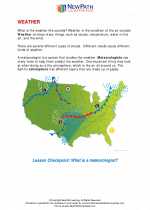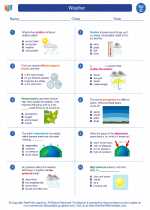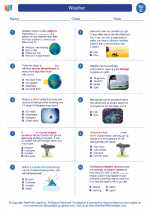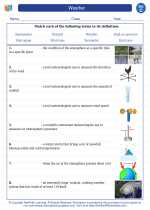Protists
Protists are a diverse group of eukaryotic microorganisms that are not plants, animals, or fungi. They can be found in various aquatic and moist environments and can be unicellular, colonial, or multicellular. Protists play vital roles in ecosystems as producers, consumers, and decomposers.
Characteristics of Protists
- Eukaryotic: Protists have a true nucleus and membrane-bound organelles.
- Diversity: They exhibit a wide range of forms, from amoebas to algae to parasites.
- Motility: Many protists have flagella, cilia, or pseudopodia for movement.
- Nutrition: They can be autotrophic (photosynthetic) or heterotrophic (ingesting food).
Types of Protists
Protists are classified into several groups:
- Protozoa: Unicellular, animal-like protists such as amoebas, paramecia, and flagellates.
- Algae: Photosynthetic protists that can be unicellular (e.g., diatoms) or multicellular (e.g., seaweeds).
- Slime Molds: Unicellular or multicellular protists that exhibit both animal-like and fungus-like characteristics.
- Water Molds: Fungus-like protists that thrive in water and damp environments.
Ecological Importance
Protists are crucial in various ecosystems:
- Primary Producers: Photosynthetic protists form the base of many aquatic food chains.
- Food Source: Protists serve as food for small animals and are important in aquatic food webs.
- Decomposition: Some protists break down organic matter, aiding in nutrient recycling.
Study Guide
To understand protists, consider the following questions:
- What are the defining characteristics of protists?
- How are protists classified into different groups?
- What roles do protists play in ecosystems?
- Can you identify examples of protists and their ecological significance?
[Protist] Related Worksheets and Study Guides:
.◂Science Worksheets and Study Guides Third Grade. Weather
Study Guide Weather
Weather  Worksheet/Answer key
Worksheet/Answer key Weather
Weather  Worksheet/Answer key
Worksheet/Answer key Weather
Weather  Worksheet/Answer key
Worksheet/Answer key Weather
Weather  Vocabulary/Answer key
Vocabulary/Answer key Weather
Weather  Vocabulary/Answer key
Vocabulary/Answer key Weather
Weather 

 Worksheet/Answer key
Worksheet/Answer key
 Worksheet/Answer key
Worksheet/Answer key
 Worksheet/Answer key
Worksheet/Answer key
 Vocabulary/Answer key
Vocabulary/Answer key
 Vocabulary/Answer key
Vocabulary/Answer key

The resources above cover the following skills:
EARTH AND SPACE SCIENCE (NGSS)
Earth’s Systems
Students who demonstrate understanding can:
Represent data in tables and graphical displays to describe typical weather conditions expected during a particular season.